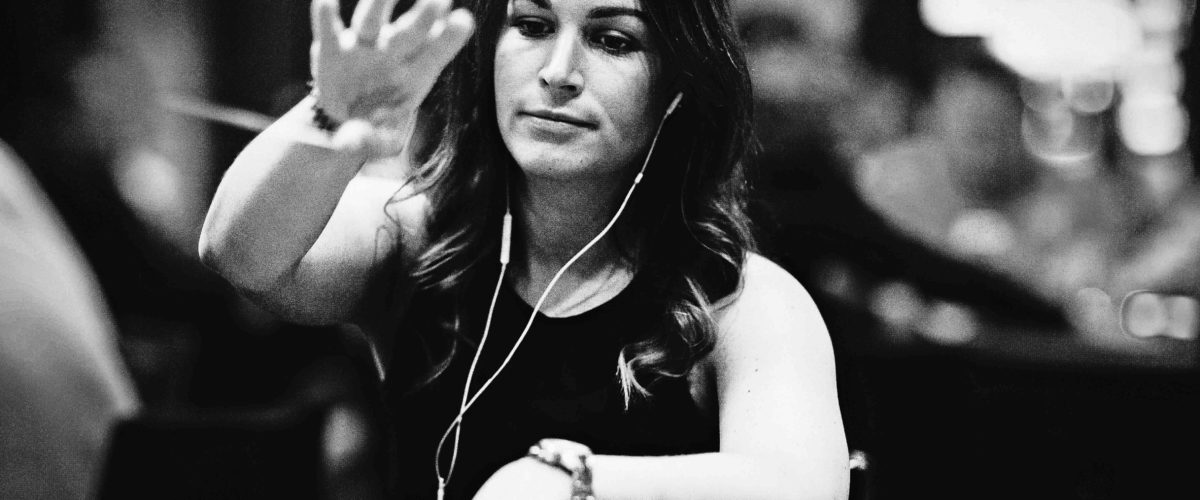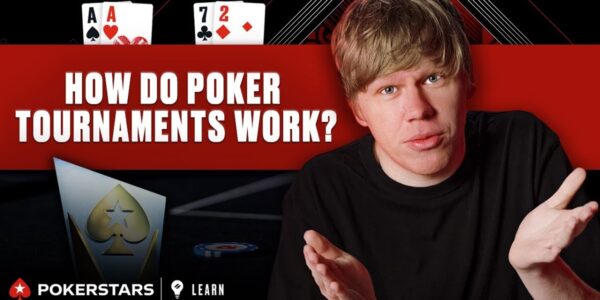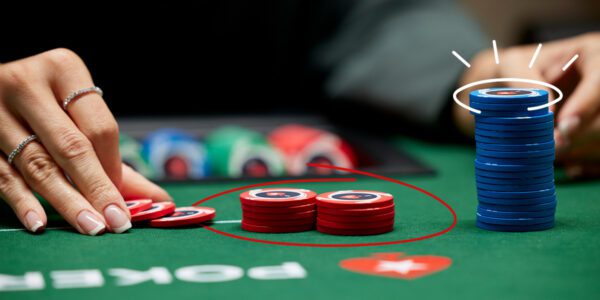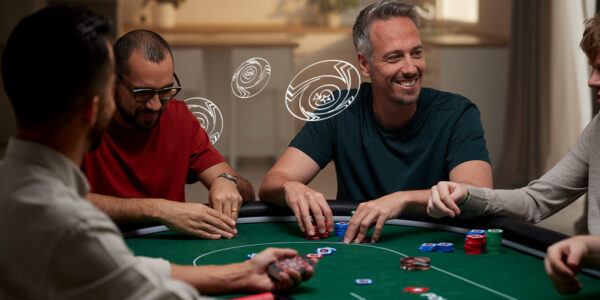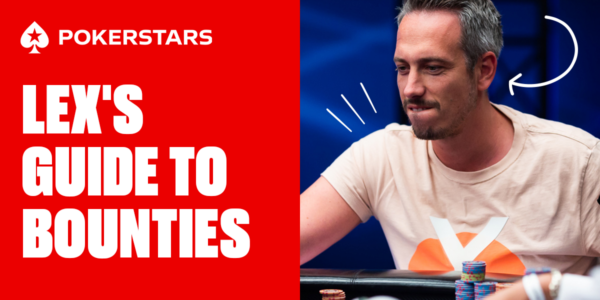How to Play Shootout Tournaments
First let’s define what a shootout tournament is, so we are all on the same page. In a regular tournament as players bust, other players are moved to balance tables, and tables break down as the field size reduces, to keep the tables full and balanced. In a shoot out this isn’t the case however. There is no table balancing in shootouts… in this format, each table plays down to an individual winner. Once all tables have a winner, those winners combine to new tables for the next round of play, where they again play down to a single winner, and the process repeats until the tournament is over.
So the common logic is to say these play like sit and goes, since they in effect are a series of single tables played to completion each time. There is a distinct difference however. In a regular 9 player SNG, the top 3 places are paid 50%/30%/20%… this creates some distinct ICM situations when the game gets shorthanded. These same considerations aren’t in play during a shootout as the only prize (advancement in the tournament) is for first place. So it’s important to remember, you’re playing to win.


General consensus on strategy for shootout tournaments is to play aggressively, and press small edges. I think it makes some sense to err on the side of caution early however, playing a bit tighter. Also unlike standard sng’s, the structure in a shootout tournament will often be much more favorable to patience in the early going. The starting stacks will be deeper and the blind escalation slower than a typical 9 player sng. During this early stage time, it’s a great opportunity to gather reads on your opponents. How wide are players opening, or flatting opens? Who’s raise/folding? Etc. If you get some good hands and good situations, you may capitalize on those to accumulate some chips. If you don’t, you will at least have established a tight image, which may serve you later as the blinds escalate and the table starts to get short.
Once the table is short, say 5 or 6 handed and beyond, is the time to be taking aggressive postures and press your small edges. In conjunction with a slightly more conservative early stage strategy, you will often find yourself at this stage with either a nice stack if things went well, or at least a tight image that you can exploit for some extra fold equity. Generally players will often play a bit tighter than optimal at the later stages as well… a combination of an ICM mentality bore of out of regular SNG play, and lack of experience playing short handed ranges. All this favors the more aggressive player who is pressing edges and playing to win.
So is there anything you can do to formally prepare for this format? I think there is. The biggest edges will be shorthanded and heads up, as many of your foes will be regular tournament players who have a fair bit of experience playing 8-9 handed but distinctively lack experience playing from 5 handed on down to heads up. Therefore working on your game in 6-max SNGs and HU SNGs to strengthen those parts of your game make sense. I think 6-max SNGs are better than 9-max for this purpose, as they’ll give you more opportunity to play short handed on a bigger depth of money… when you get to 6 players in regular 9-handed sngs many of the stacks are somewhat short already relative to the blinds, and the play is different as a result from the depth of money you would expect 6 handed in a shootout… starting at 6 max will provide a closer experience to the shoot out depth of money you’ll be confronted with. And heads up practice should go without saying. First place advances to the next round, and second place goes home. Being comfortable playing heads up will be very beneficial to your long term success in shootout tournaments.
The beauty of this practice is, as a tournament player, it will benefit your over all game. MTT players don’t get to play shorthanded or heads up too often, but when they do, is when the decisions are so critical… the final 2 tables and the final table. The biggest pay jump in a tournament is from 2nd to 1st. As an aspiring tournament player, don’t neglect working on your heads up game. While you won’t get there often, when you do, the decisions and subsequent results will have a major impact on your overall ROI and long term win rate.
Work on your shorthanded and heads up game, and come into the shootout tournaments mentally prepared for the format and strategy you’ll implement to attack it, and we’ll see you in the winners circle soon.


